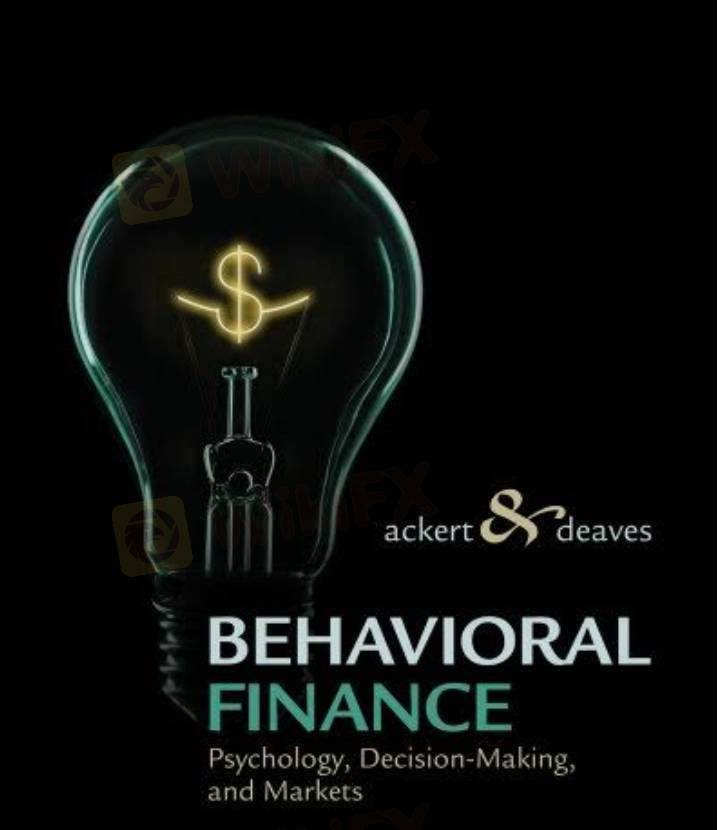
2025-02-15 00:34
IndustryBehavioral finance: psychology and decision making
#Firstdealofthenewyearastylz
Behavioral finance is a field that combines psychology and economics to explore how people make financial decisions. It challenges the traditional assumption that investors are fully rational and always act in their best financial interests. Instead, it examines how cognitive biases, emotions, and social influences impact financial behavior.
Key Concepts in Behavioral Finance:
Cognitive Biases: These are systematic patterns of deviation from rationality in judgment and decision-making. Common biases include:
Overconfidence Bias: Investors overestimate their knowledge or ability to predict market movements, leading to excessive trading or risk-taking.
Confirmation Bias: People seek information that confirms their existing beliefs and ignore contradictory data.
Anchoring: Relying too heavily on the first piece of information encountered when making decisions (e.g., an initial stock price).
Emotional Influences:
Fear and Greed: These powerful emotions drive market cycles, leading to panic selling or irrational exuberance.
Loss Aversion: People feel the pain of losses more acutely than the pleasure of gains, leading to risk-averse behavior or holding on to losing investments longer than rationally justified.
Heuristics: Mental shortcuts or rules of thumb that simplify decision-making but can lead to systematic errors, such as:
Availability Heuristic: Decisions are influenced by information that is most easily recalled, not necessarily the most relevant.
Social Influence and Herd Behavior:
Investors often follow the crowd, leading to bubbles (when prices inflate beyond value) or crashes (when panic selling occurs).
Implications for Decision Making:
Behavioral finance suggests that understanding these psychological influences can improve financial decision-making. For example:
Awareness of biases can help investors avoid common pitfalls.
Financial advisors can design strategies that account for emotional reactions.
Policymakers can create regulations to protect investors from irrational behavior.
Applications:
Portfolio Management: Adjusting investment strategies to account for behavioral biases.
Financial Planning: Helping clients make more rational decisions by framing choices effectively.
Market Analysis: Understanding market trends influenced by collective emotions and biases.
Like 0

FX2804747192
Broker
Hot content
Industry
Event-A comment a day,Keep rewards worthy up to$27
Industry
Nigeria Event Giveaway-Win₦5000 Mobilephone Credit
Industry
Nigeria Event Giveaway-Win ₦2500 MobilePhoneCredit
Industry
South Africa Event-Come&Win 240ZAR Phone Credit
Industry
Nigeria Event-Discuss Forex&Win2500NGN PhoneCredit
Industry
[Nigeria Event]Discuss&win 2500 Naira Phone Credit
Forum category

Platform

Exhibition

Agent

Recruitment

EA

Industry

Market

Index
Behavioral finance: psychology and decision making
 Hong Kong | 2025-02-15 00:34
Hong Kong | 2025-02-15 00:34#Firstdealofthenewyearastylz
Behavioral finance is a field that combines psychology and economics to explore how people make financial decisions. It challenges the traditional assumption that investors are fully rational and always act in their best financial interests. Instead, it examines how cognitive biases, emotions, and social influences impact financial behavior.
Key Concepts in Behavioral Finance:
Cognitive Biases: These are systematic patterns of deviation from rationality in judgment and decision-making. Common biases include:
Overconfidence Bias: Investors overestimate their knowledge or ability to predict market movements, leading to excessive trading or risk-taking.
Confirmation Bias: People seek information that confirms their existing beliefs and ignore contradictory data.
Anchoring: Relying too heavily on the first piece of information encountered when making decisions (e.g., an initial stock price).
Emotional Influences:
Fear and Greed: These powerful emotions drive market cycles, leading to panic selling or irrational exuberance.
Loss Aversion: People feel the pain of losses more acutely than the pleasure of gains, leading to risk-averse behavior or holding on to losing investments longer than rationally justified.
Heuristics: Mental shortcuts or rules of thumb that simplify decision-making but can lead to systematic errors, such as:
Availability Heuristic: Decisions are influenced by information that is most easily recalled, not necessarily the most relevant.
Social Influence and Herd Behavior:
Investors often follow the crowd, leading to bubbles (when prices inflate beyond value) or crashes (when panic selling occurs).
Implications for Decision Making:
Behavioral finance suggests that understanding these psychological influences can improve financial decision-making. For example:
Awareness of biases can help investors avoid common pitfalls.
Financial advisors can design strategies that account for emotional reactions.
Policymakers can create regulations to protect investors from irrational behavior.
Applications:
Portfolio Management: Adjusting investment strategies to account for behavioral biases.
Financial Planning: Helping clients make more rational decisions by framing choices effectively.
Market Analysis: Understanding market trends influenced by collective emotions and biases.
Like 0
I want to comment, too
Submit
0Comments

There is no comment yet. Make the first one.

Submit
There is no comment yet. Make the first one.